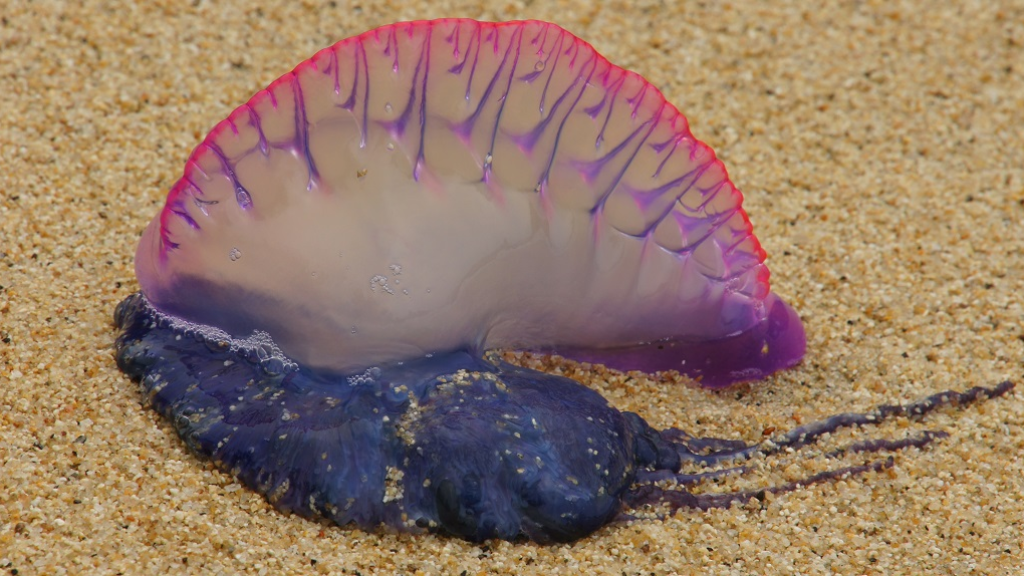

The Portuguese Man O’ War is well-known as a beautiful but dangerous creature which sometimes can be seen on the shores and in the waters off Trinidad and Tobago.
A recent video shared by Facebook user Anand Mathura showed what appeared to be hundreds of these creatures on Manzanilla Beach.
Here are five surprising facts you might not have known about the Portuguese Man O’ War (Physalia physalis):
1. They’re not jellyfish
According to National Geographic, this beautiful but deadly creature (creatures?) is actually not a jellyfish, but a siphonophore, a type of organism made up of many specialized animals of the same species, called zooids or polyps.
Instead of ‘it’, it’s a ‘they’, as these organisms work together – one polyp forms the big gas-filled bag (pneumatophore) which directs the structure.
The other polyps become the feeding tentacles (gastrozooids), the defensive/prey capturing tentacles (dactylozooids) and the reproductive polyps (gonozooids).
2. Their tentacles can get up to 165 feet long
The tentacles of the man-of-war can hang down in the water 165 feet (or 50 meters) – very hard to avoid for an unsuspecting fish.
The tentacles are covered in venom-filled nematocysts used to paralyze and kill fish and other small creatures.
Once caught, muscles in the tentacles draw prey up to the digestive organisms.
These tentacles also pack a painful sting for humans but are not usually deadly.
Beachgoers are urged to keep away from creatures which wash ashore as the tentacles can still deliver a sting.
3. Jib, tack and sail
These creatures do not have any type of propulsion system and as a result, are at the mercy of ocean currents and waves where they spend their entire lives.
However, they can catch the wind with their large floats (pneumatophores), leaning left or right to drift in different directions, like a sail.
Fittingly, this matches their name as they were named after 18th century Portuguese warships.
They can also deflate their airbags and sink below the surface briefly if there is danger.
Due to ocean currents, it's possible to determine where these creatures may show up - the creatures usually appear along the Gulf Coast during the winter months.
4. One fish is (kind of) immune to their tentacles
Although the Portuguese Man O’ War is deadly to most fish, for the Man-of-War fish, it’s a haven.
The Man-of-War fish is a tiny fish that can be seen swimming agilely among the creatures’ tentacles.
The fish possesses an antigen to the Man O’ War’s toxin and is more resistant to the creature’s toxin, however it can still be stung by the large tentacles (dactylozooides), which it avoids.
The smaller gonozooids do not seem to sting the fish and the fish is reported to frequently "nibble" on these tentacles.
5. Their numbers may grow due to climate change
Some researchers say ocean warming may result in growing numbers of these creatures, which are well-suited to low-oxygen environments.
According to the Smithsonian, warmer water could help their embryos and larvae develop more quickly, allowing their populations to grow more quickly. And Man O' Wars that prefer warmer water will have more area to live in.
Activities like trawling and overfishing can also affect creatures, such as turtles and ocean sunfish, which keep their numbers in check.
Additionally, many industries, such as shipping, drilling and aquaculture, build docks, oil platforms and other structures in the water—sometimes referred to as “ocean sprawl"—which can serve as nurseries for jellyfish.
Have you ever seen a Portuguese Man O' War up close?







 21°C
21°C






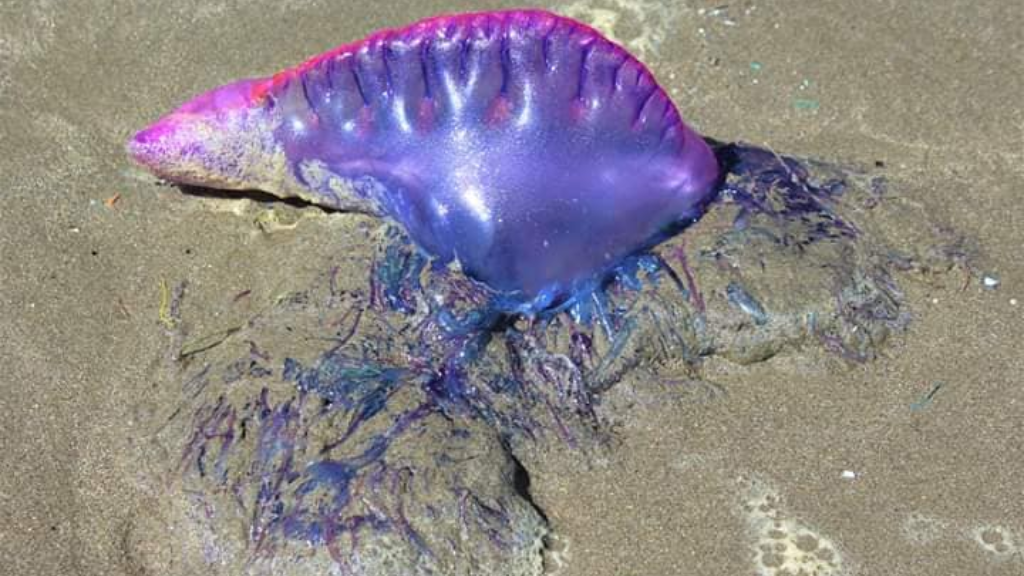
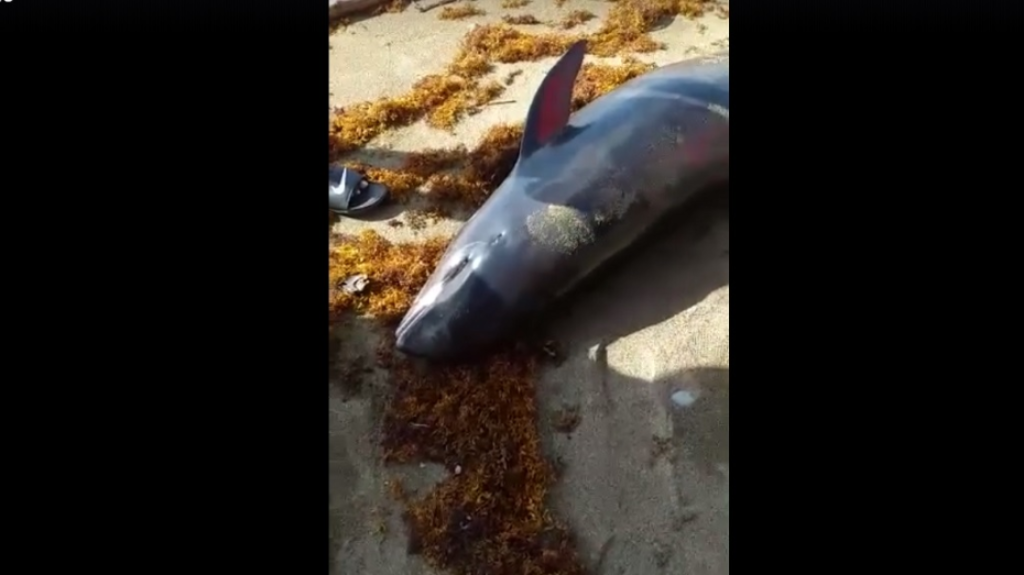
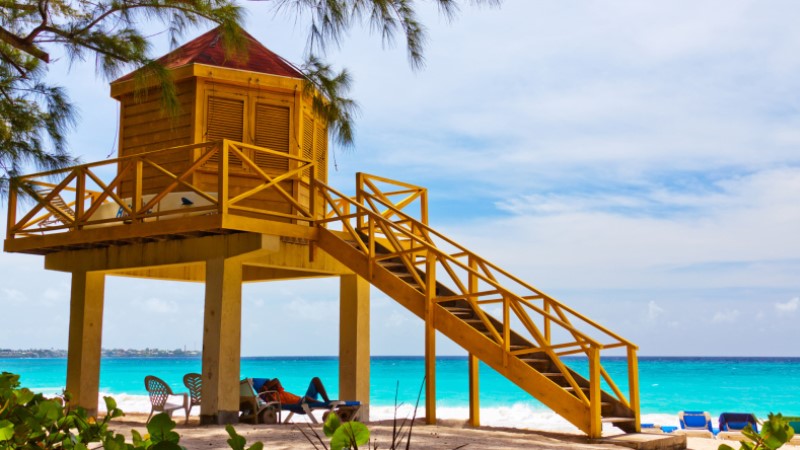
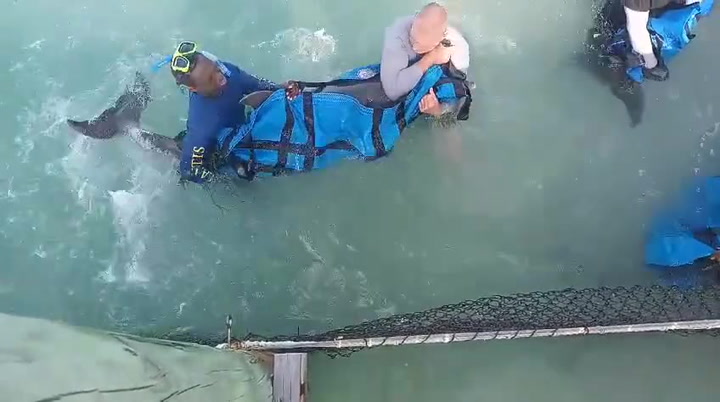












 Facebook
Facebook
 Twitter
Twitter
 Instagram
Instagram